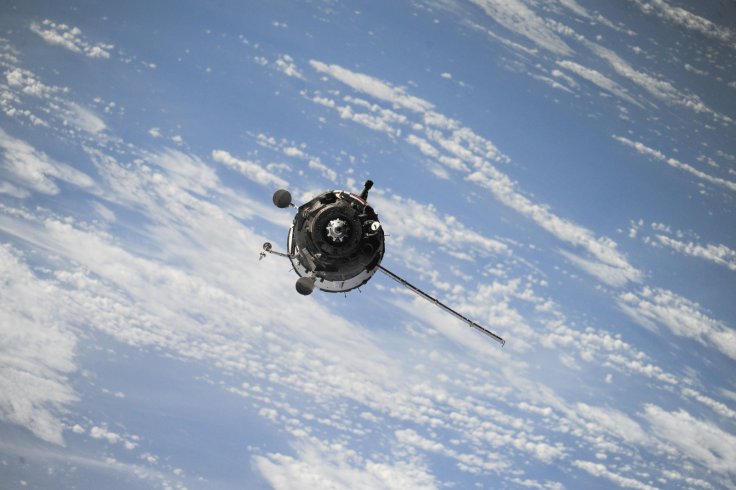The European Space Agency (ESA) has introduced a new mission that will serve as a dedicated warning system against solar storms emitted by the Sun. It will involve deploying a satellite to a specific point between the Sun and the Earth.
Known as Lagrange, the mission was developed by ESA in 2018 to study solar events. Once the agency receives enough funding for the new project, it will proceed with the launch of the mission sometime this year.

As explained by the ESA, Earth protected against the harmful effects of cosmic radiation and solar emissions from the Sun by its magnetic field. However, if the solar emissions are powerful enough, they could disrupt Earth's magnetic field and interfere with certain infrastructures with Earth such as power and communication systems.
Difference With NASA's Parker Solar Probe
Unlike NASA's current solar satellite, also known as the Parker Solar Probe, Lagrange will not approach the Sun from close distances. Instead, it will maintain a steady distance from the Sun to keep track of the emissions from its atmosphere, which is referred to as the corona.
Aside from its distance from the Sun, ESA's Lagrange mission will also have a different objective than the Parker Solar Probe. As noted by NASA, its solar satellite's goal is to analyze the structure and dynamics of the Sun's coronal plasma and magnetic field to understand how emissions are formed. Lagrange, on the other hand, will mainly focus on detecting emissions from the Sun in order to alert facilities on Earth regarding the arrival of a potential solar storm.

Lagrangian points
As a solution to this cosmic issue, the ESA developed Lagrange to approach the Sun from certain positions known as Lagrangian points. These are points in space where the orbital motions and gravitational forces of Earth, the Sun and the spacecraft stabilize, creating an ideal location to observe the massive star.
From these specific points in space, the Lagrange mission will monitor the Sun and the activities on its surface. If it detects a solar emission brewing, it will alert Earth, prompting agencies to carry out necessary precautions in preparation for the upcoming solar event.
"ESA is planning to send a satellite to monitor the 'side' of our Sun, from a gravitationally stable position known as the fifth Lagrange point," the ESA explained. "From here, the Lagrange satellite will detect potentially hazardous solar events before they come into view from Earth."








